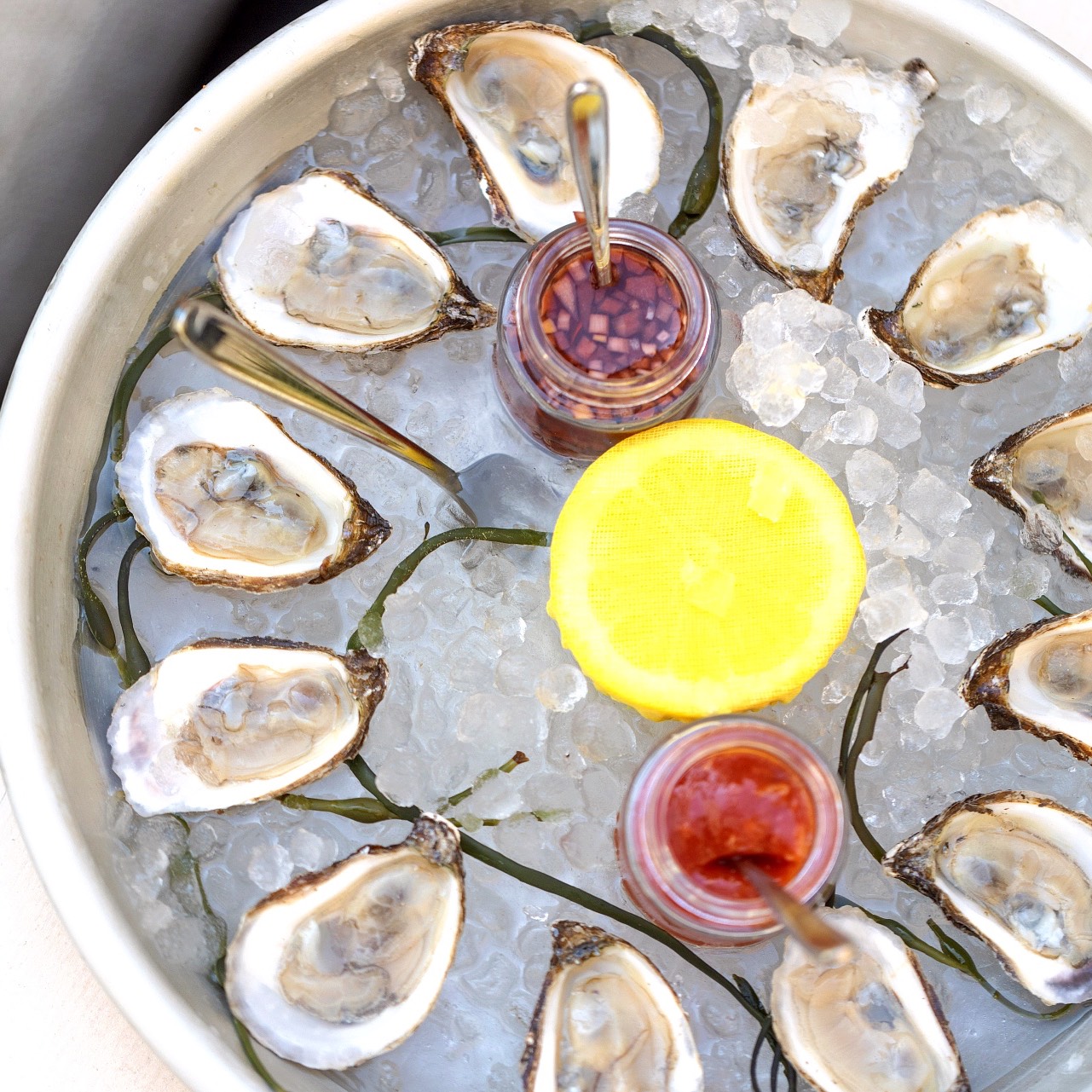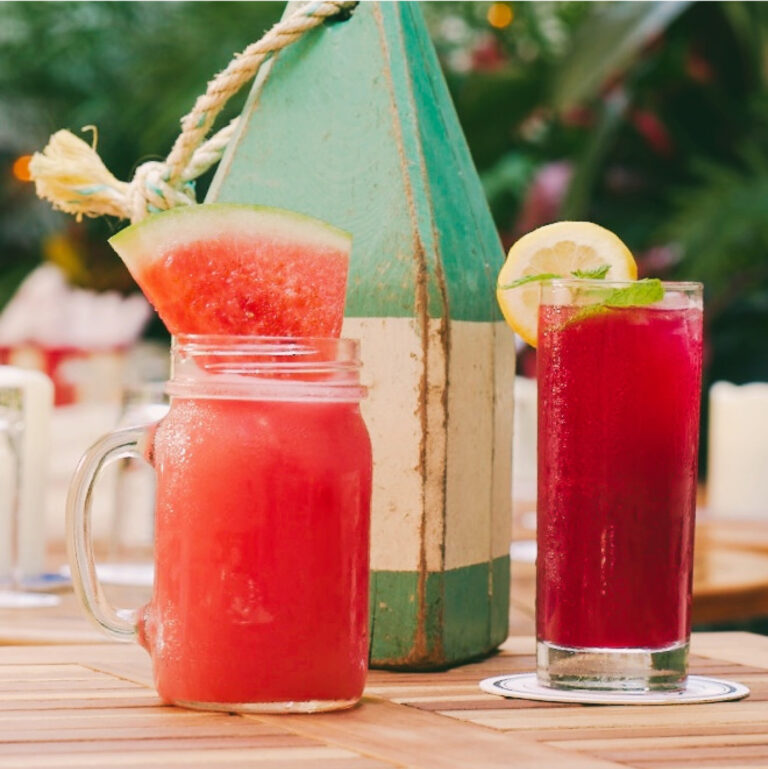Aw Shucks
The rich history of East coast oysters from Long Island, NY.
Gilligan’s prides itself on serving seafood sourced from the best fishermen on Long Island.
Long before Gilligan’s docked in SoHo with the freshest catches by land and sea, Native American tribes like the Shinnecock and Montaukett lived along the shores of Long Island and harvested oysters as part of their diet. Oysters were abundant in the local estuaries and provided a reliable food source. When European settlers began arriving in the 17th century, they also recognized the abundance of oysters. Oyster harvesting became a significant industry, with settlers using dredges and tongs to gather oysters from the rich beds in Long Island’s bays.
By the 19th century, the oyster industry on Long Island had reached its peak. Oysters were not only harvested for local consumption but also shipped to markets in New York City and beyond. Places like Oyster Bay and Great South Bay became known for their thriving oyster fisheries.
In recent decades, there has been a renewed interest in restoring Long Island’s oyster population. Conservation efforts, including oyster bed restoration projects and stricter environmental regulations, aim to revive these important bivalves. Organizations like the Billion Oyster Project have been instrumental in these restoration efforts, using oysters not only to improve water quality but also to educate the public about the ecological importance of these filter-feeding mollusks.
Today, while the wild oyster population is a fraction of what it once was, oyster farming has become a growing industry on Long Island. Oyster farms in places like Peconic Bay and Great South Bay produce high-quality oysters that are enjoyed locally and shipped to markets across the country.




